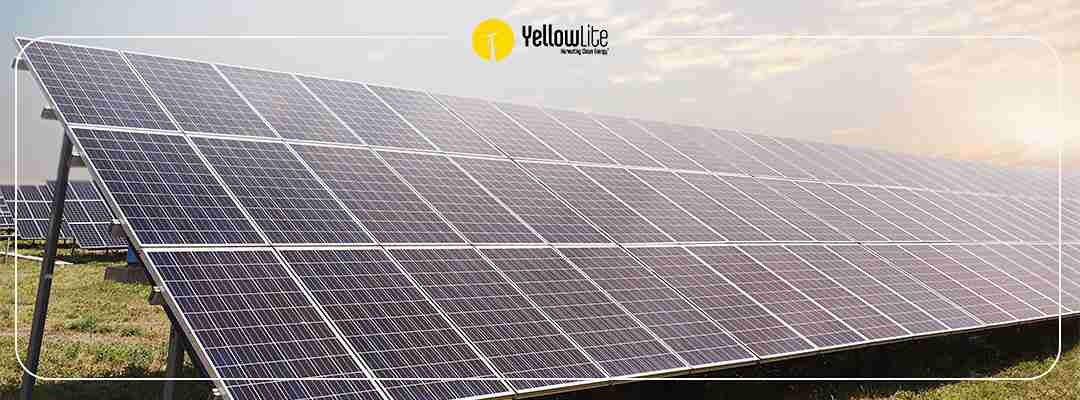Solar energy consumption has skyrocketed in the past few years. In solar technology, scientists are constantly researching new and better ways to manufacture solar cells. The primary drivers of this research are reductions in the cost of solar technology and the subsequent promotion of cleaner energy. Some recent efforts in this area are:
1- Crystalline Silicon Solar Cells:
These are the most popular among other solar technology options. Known for about 25% efficiency, and for occupying about 90% across the global photovoltaic market. Their anti-reflective coating and an interesting layered semiconductor is what makes them unique. The next steps toward increasing the efficiency of the crystalline silicon solar cells include improving the semiconductor growth processes better, along with streamlining production methods.
2- Thin Film Solar Cells:
This solar cell technology is a cheaper one. Cheap, because of the amorphous silicone (a-silicone) which is a part of its composition. A-silicone is inexpensive but one downside to it is that it degrades when exposed to sunlight. While work is still being done on keeping the costs low and increasing its lifespan, the efficiency level of thin film solar cells is still lower than the crystalline silicone solar cells.
3- Multi-Junction III-IV Solar Cells:
These are known for about 40% efficiency rate but happen to be costly. Their composition material includes wide bandgap tunnel junctions, middle cells, top cells, nucleation sandwiched between contacts and buffer regions. Scientists are developing new materials to lower the costs but right now this efficiency rate is available for the multi-junction III-IV solar cells only.
4- Organic Solar Cells:
As the name suggests, these are comprised of glass, transparent conductive oxide, an electrode, an acceptor, a donor and polymer mixture. However, there are some limitations involved in photovoltaic manufacturing so providing the solar technology solution of organic cells will eventually be another alternative for customers, and it will also make the PV cells more affordable. However, work is still being done on increasing the PV cells efficiency rate from 10%.
While research is still being carried out on creating affordable and high-efficiency solutions among photovoltaics, for now, the consumers either have to compromise on efficiency or the cost. Let’s keep our fingers crossed for the solar cell innovations that can promote growth in the industry and encourage people to go solar!



